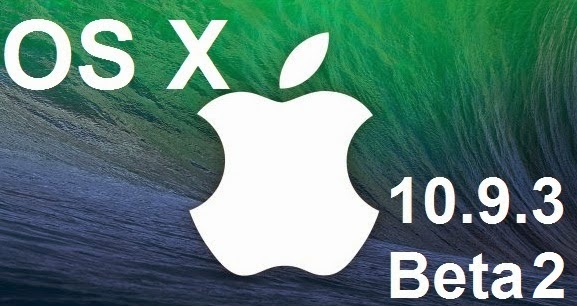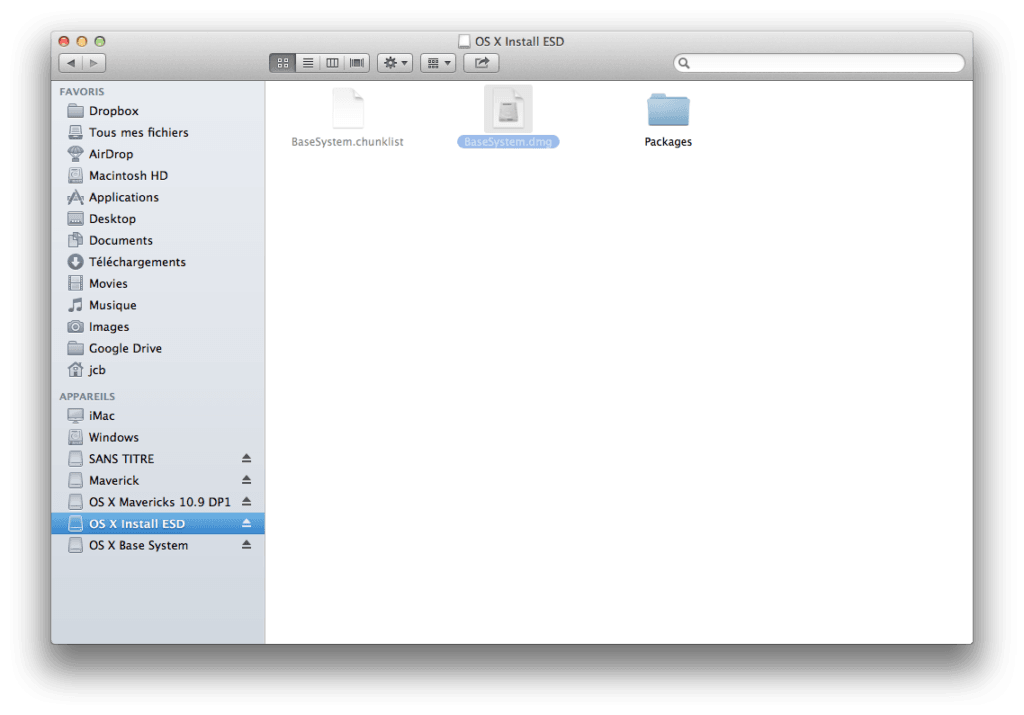
- #Os x 10.9 mavericks download dmg for free#
- #Os x 10.9 mavericks download dmg install#
- #Os x 10.9 mavericks download dmg full#
- #Os x 10.9 mavericks download dmg mac#
Trying to restore or use the InstallESD.dmg file does not work like it used to in the past, but it’s entirely possible there is another way.
Select the orange drive, labeled “OS X Base System 1” from the boot menuĮnjoy OS X Mavericks! By the way, if there is a more direct method to create a bootable installation drive, we couldn’t figure it out. #Os x 10.9 mavericks download dmg mac#
With the USB drive attached, reboot the Mac and hold down the Option key. #Os x 10.9 mavericks download dmg install#
Booting from OS X Mavericks Install Drive Once that Packages folder is finished copying to the drive, the USB drive is now ready to be booted from which it can install OS X Mavericks from.
Go back to the ‘OS X Install ESD’ mounted drive, and drag & drop the “Packages” folder into the /System/Installation/ directory you just deleted the Packages alias from, let this large folder copy. When finished, go to Finder and navigate within the newly created USB drive to System > Installation > and delete the file (alias) located here named “Packages” – keep this window open. With “Source” set to “BaseSystem.dmg”, set “Destination” to the USB drive by dragging the USB drive into the box, then click “Restore” to begin – confirm that contents of the drive will be erased. Go back to Disk Utility, then select “BaseSystem.dmg” from the sidebar and then click the “Restore” tab. Regardless, look for the Base System dmg file, which is invisible by default, thus why invisible files must be made visible in the earlier step) The OS X 10.9.1 (and presumably newer) installer may use a file named “OS X Base System”. Open the mounted ‘OS X Install ESD’ image, and right-click “Base System.dmg” choosing “Open” to mount the image (BaseSystem.dmg may be named as “Base System.dmg” on some newer installers. Right-click and choose “Show Package Contents”, then open “Contents” and open “SharedSupport”. Go to the /Applications/ folder to locate the “Install OS X 10.9 Developer Preview.app” file. Launch Terminal to show hidden files and relaunch the Finder using this defaults command string:ĭefaults write AppleShowAllFiles TRUE \killall Finder \say Files Revealed. Choose the USB drive from the left side menu, click the “Partition” tab, select “1 Partition” from the drop down menu, and then click the “Options” button to select “GUID” as the partition type, click “OK” then click “Apply”. Attach the USB drive to the Mac and launch Disk Utility. #Os x 10.9 mavericks download dmg for free#
Download OS X Mavericks for free from the Mac App Store, but do not install it yet. This is the original method that was required for the developer releases and earlier builds, it is more advanced and therefore not as recommended for the average user: Dev Method: Create a Bootable OS X 10.9 Mavericks Installer This is no longer necessary as the aforementioned steps greatly simplify the process, but we are retaining the original instructions as they still pertain to certain users and certain needs. #Os x 10.9 mavericks download dmg full#
Follow on screen instructions, or use the full walkthrough hereĪlternatively, you can use the original more advanced method as outlined below. 
Applications/Install\ OS\ X\ Mavericks.app/Contents/Resources/createinstallmedia
Launch Terminal and run the following command to get basic instructions:. Attach the USB drive to the Mac, this drive will be formatted so be prepared for that. 
Get the Mavericks Installer from the App Store (you can easily re-download it if necessary, it is always free).

This works best with the final version of Mavericks available from the App Store to all users: This is the new simplified method based upon the ‘createinstallmedia’ command. Simplified Method: Creating a OS X Mavericks Boot Install Disk You will need OS X Mavericks (obviously), and an 8GB (or larger) USB drive that you don’t mind formatting, we’re using a USB thumb drive for the purpose of this walkthrough but an external hard drive should work as well. It’s not too complicated, just a bit more time consuming.īefore beginning, make sure the Mac you want to install Mavericks on meets the system requirements for 10.9. Note that some users who have encountered a -9999 error when trying to use the aforementioned easier approach may resolve that issue by using the complex method mentioned below.īut unlike before with creating prior version OS X boot install drives, the process is slightly different with Mavericks and requires an additional set of steps to make the installer actually function as a a bootable installer disk.

The below method still works, but most users will be better off using this simpler method. Update: There is an easier way to create an installer drive using the final version of OS X Mavericks from the Mac App Store.








 0 kommentar(er)
0 kommentar(er)
